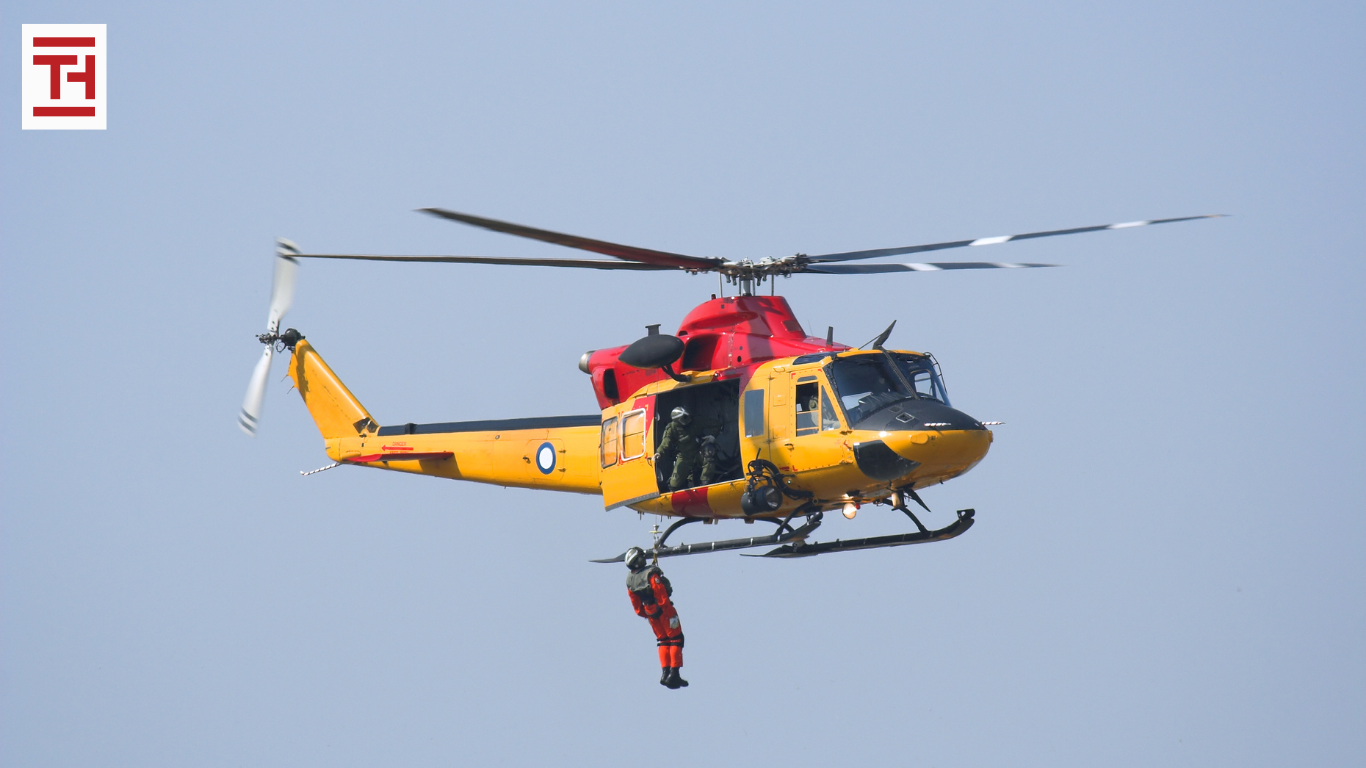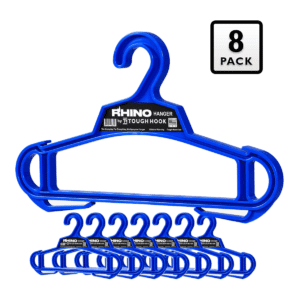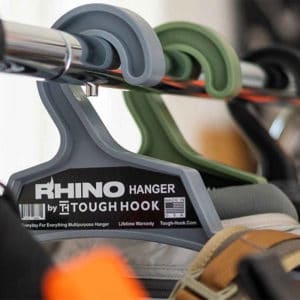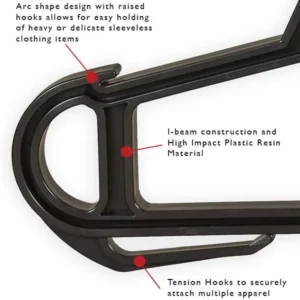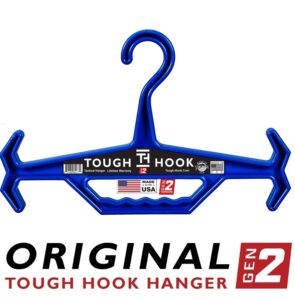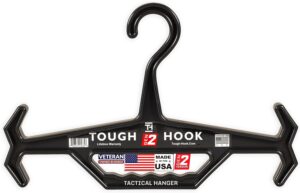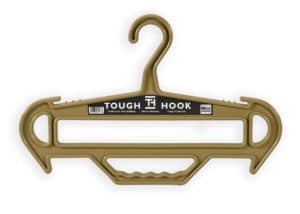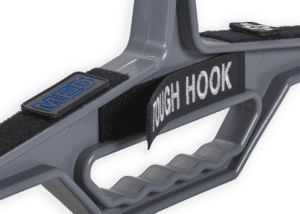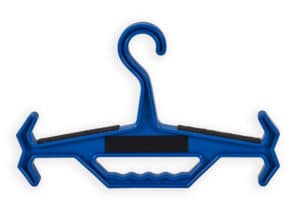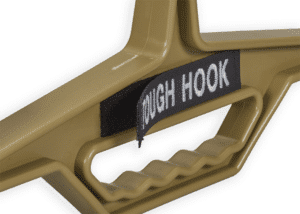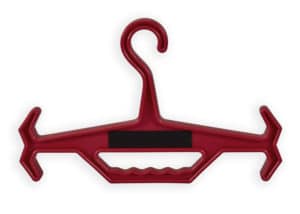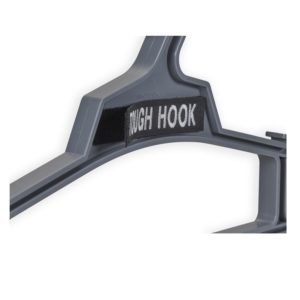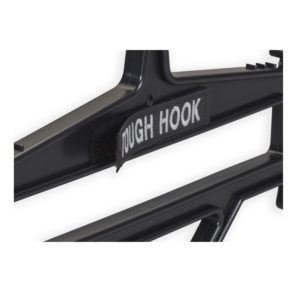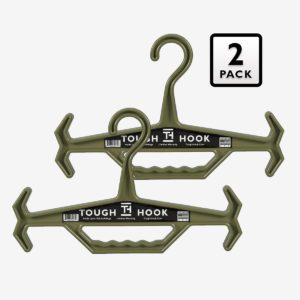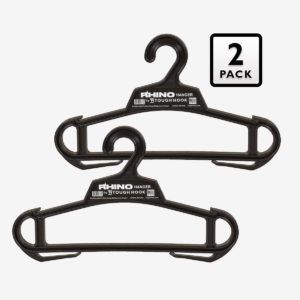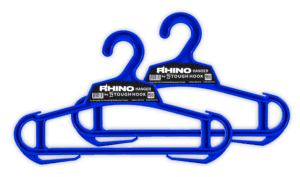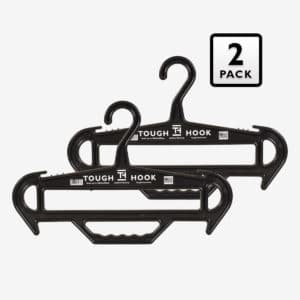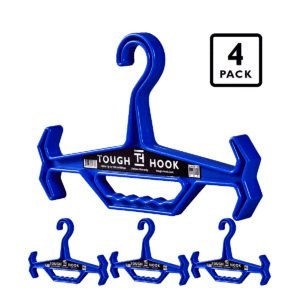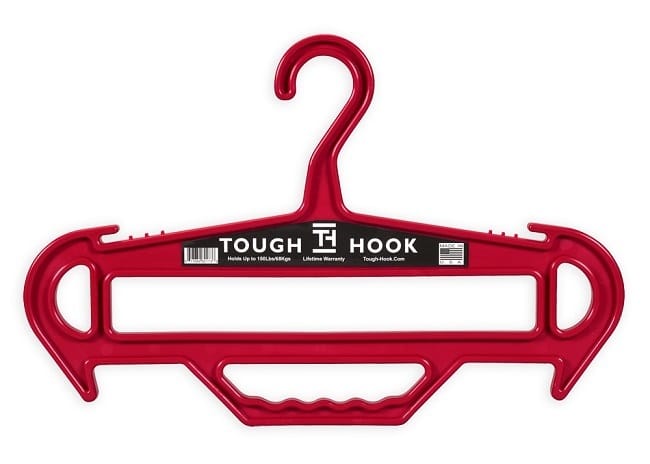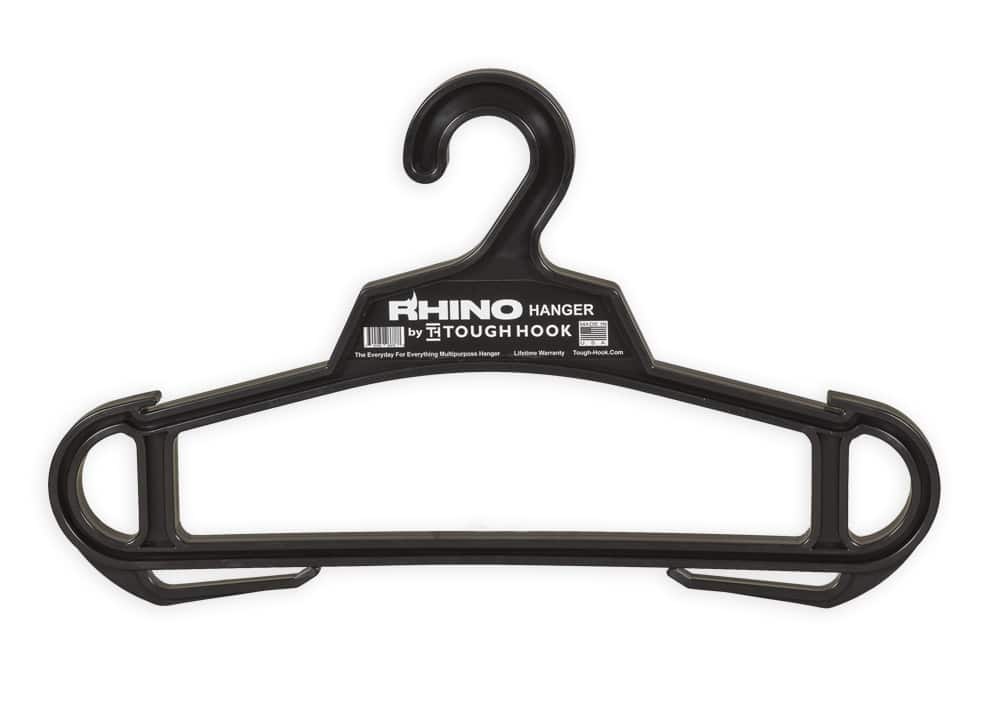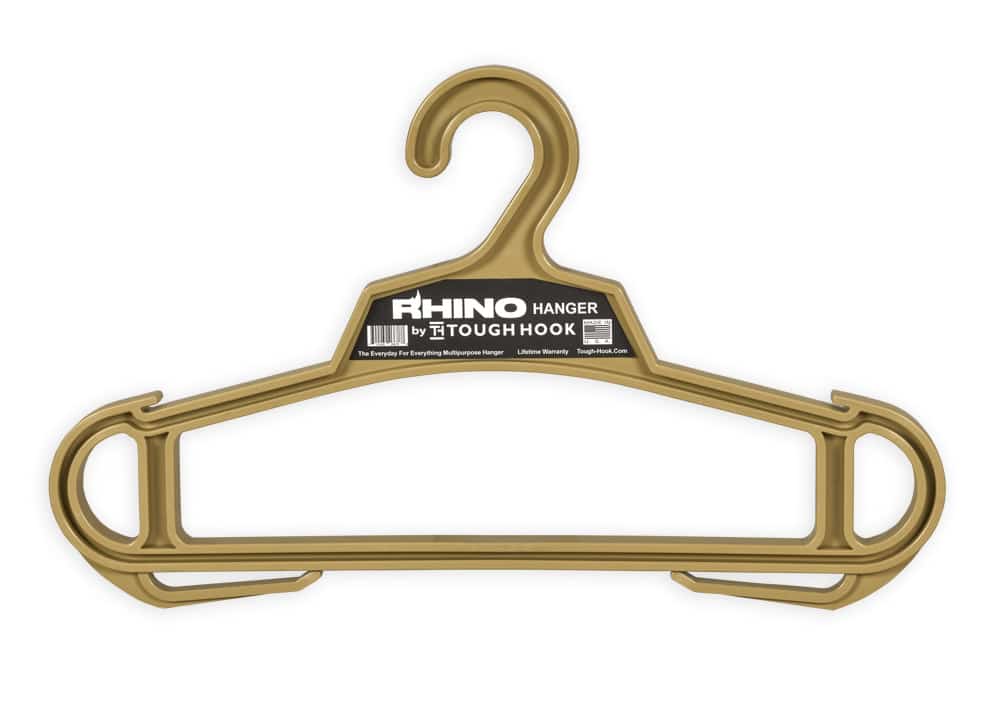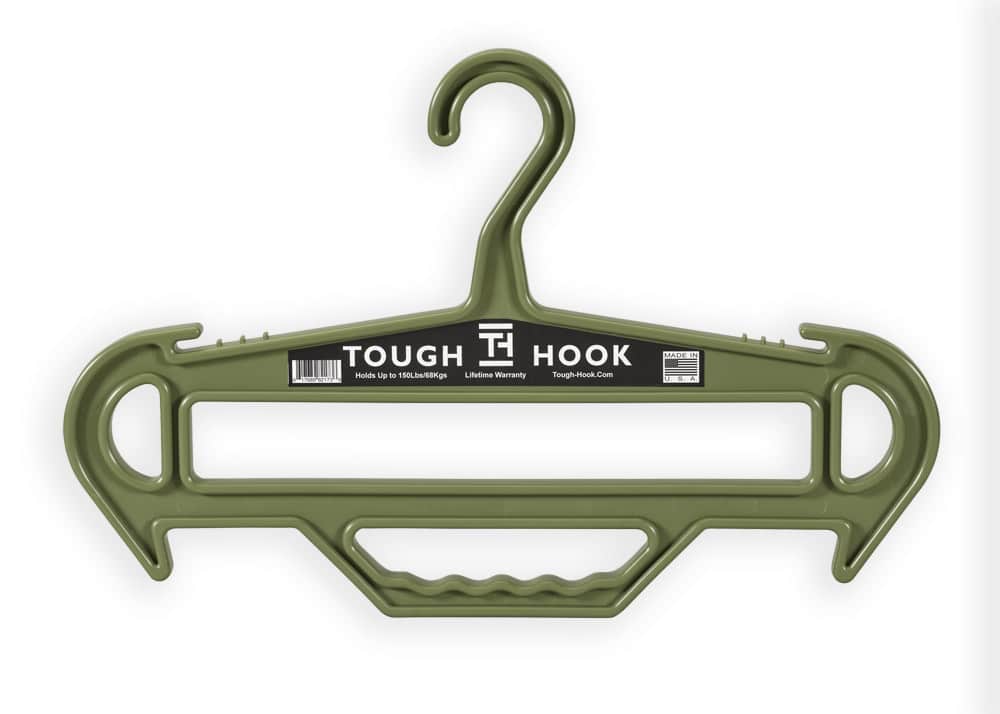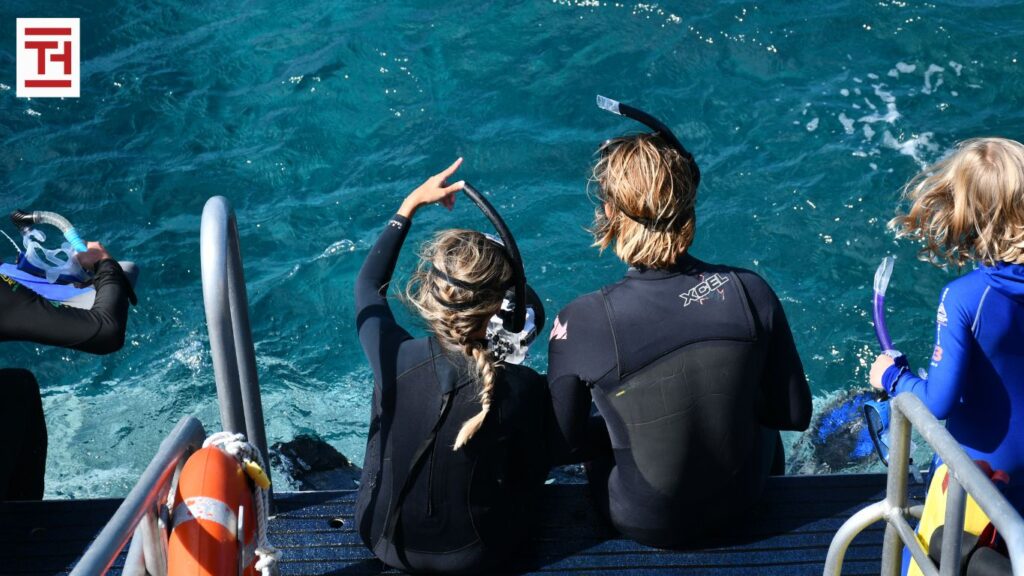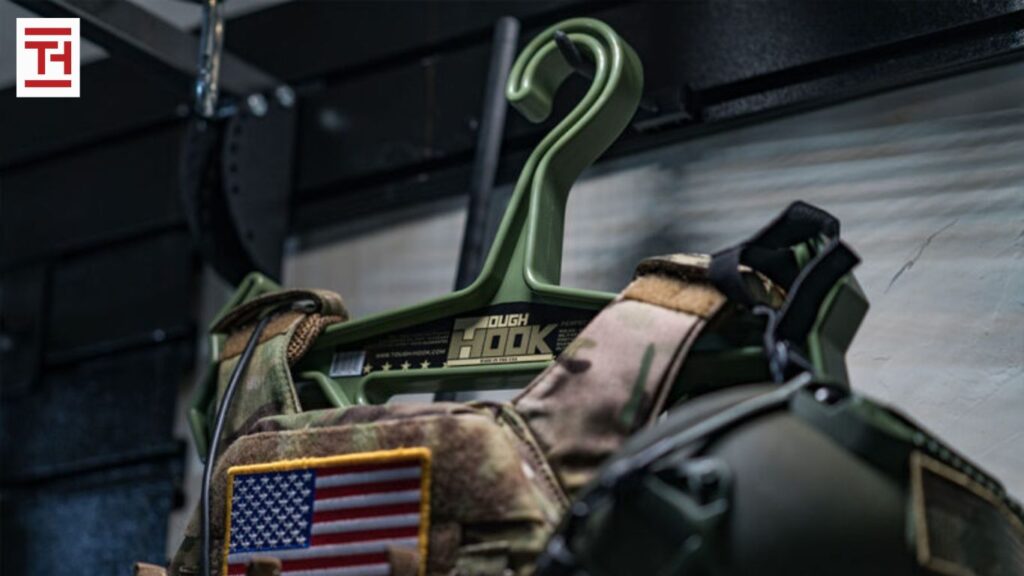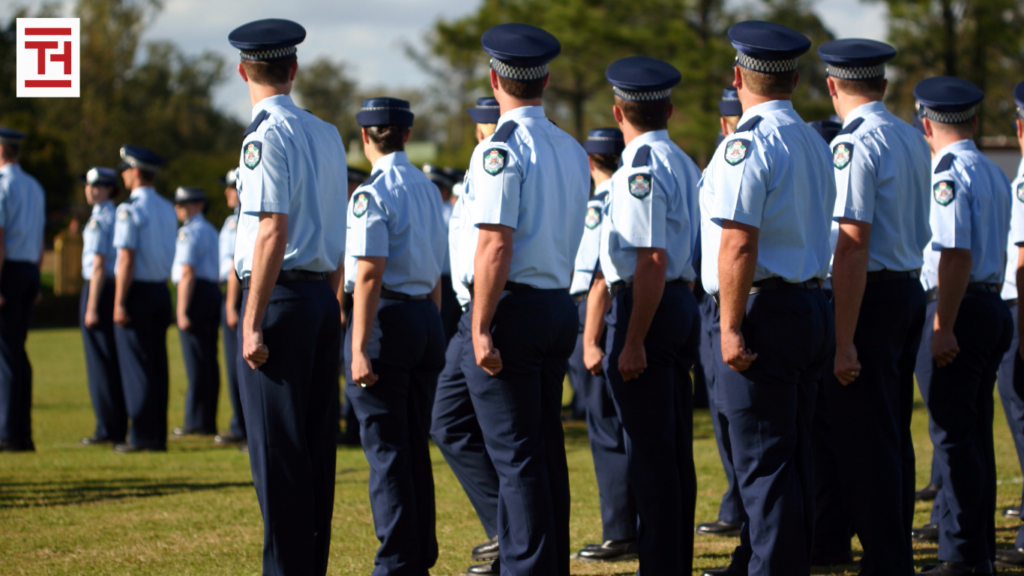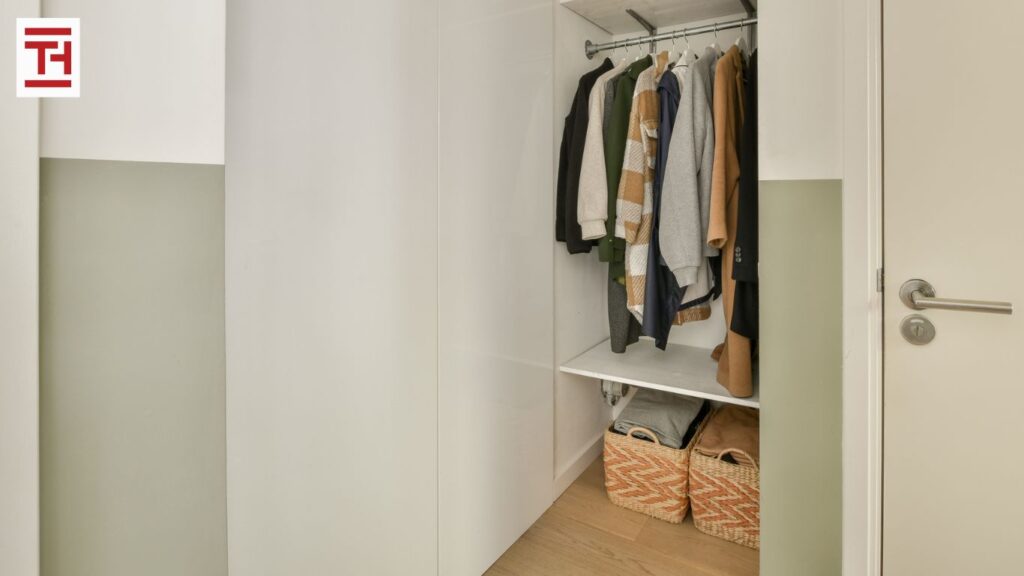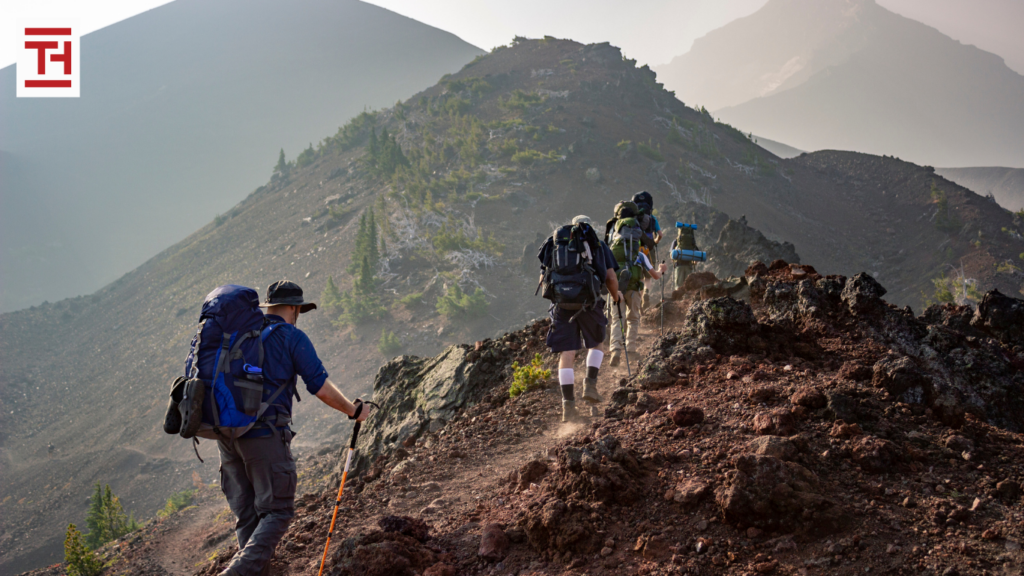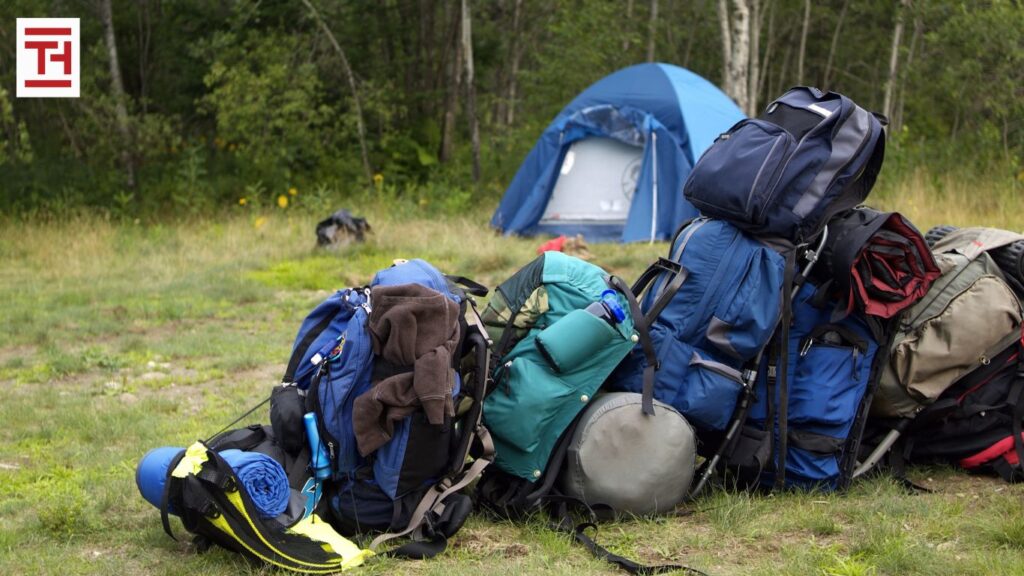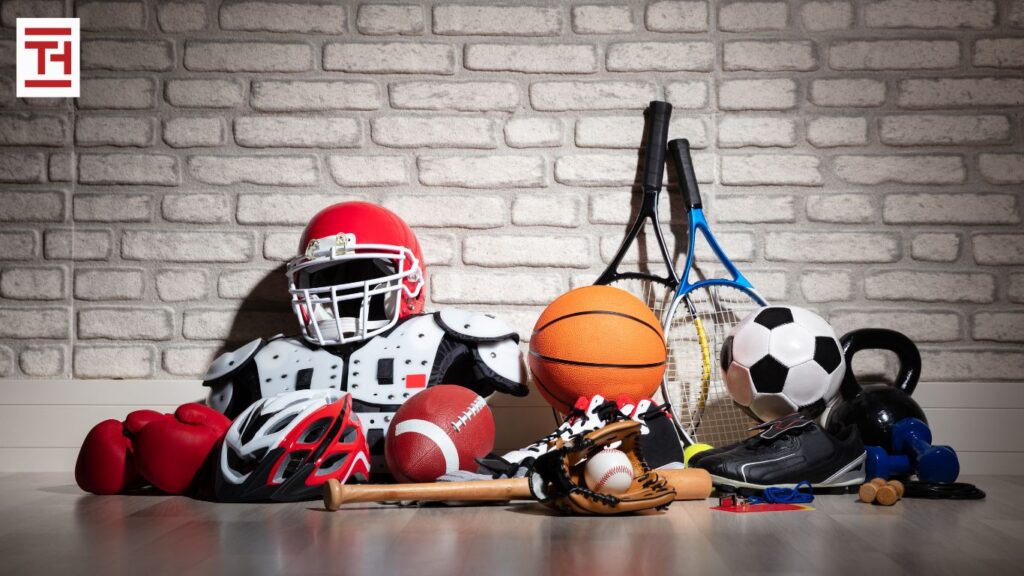Search and rescue (SAR) teams are often required to act quickly, efficiently, and with precision. When the difference between success and failure could be a matter of seconds, having well-organized gear is crucial. But in the field, managing equipment amid unpredictable conditions can be a challenge. That’s where proper gear storage and organization come into play. Whether you’re on a mountain rescue mission or navigating urban disaster zones, keeping your gear neat and accessible is essential for operational success.
In this article, we’ll explore effective strategies to organize and store gear while on the job, as well as some product recommendations that can help streamline your efforts, like those from Tough Hook, a company dedicated to providing durable heavy-duty hangers for SAR teams.
The Importance of Organized Gear
In any high-stress situation, losing time searching for essential equipment can have dire consequences. SAR teams need to ensure that every tool, piece of clothing, and piece of equipment is easy to access and in the right condition. Here’s why staying organized matters:
-
Efficiency: Time spent rummaging through disorganized gear can delay crucial actions.
-
Safety: An organized kit means that first responders can find their equipment quickly in emergency situations, reducing the risk of injury or mistakes.
-
Durability: Proper storage and handling of gear extend the lifespan of your equipment, saving costs in the long run.
-
Morale: Having a well-maintained and orderly system boosts the confidence of team members, allowing them to focus on the task at hand.
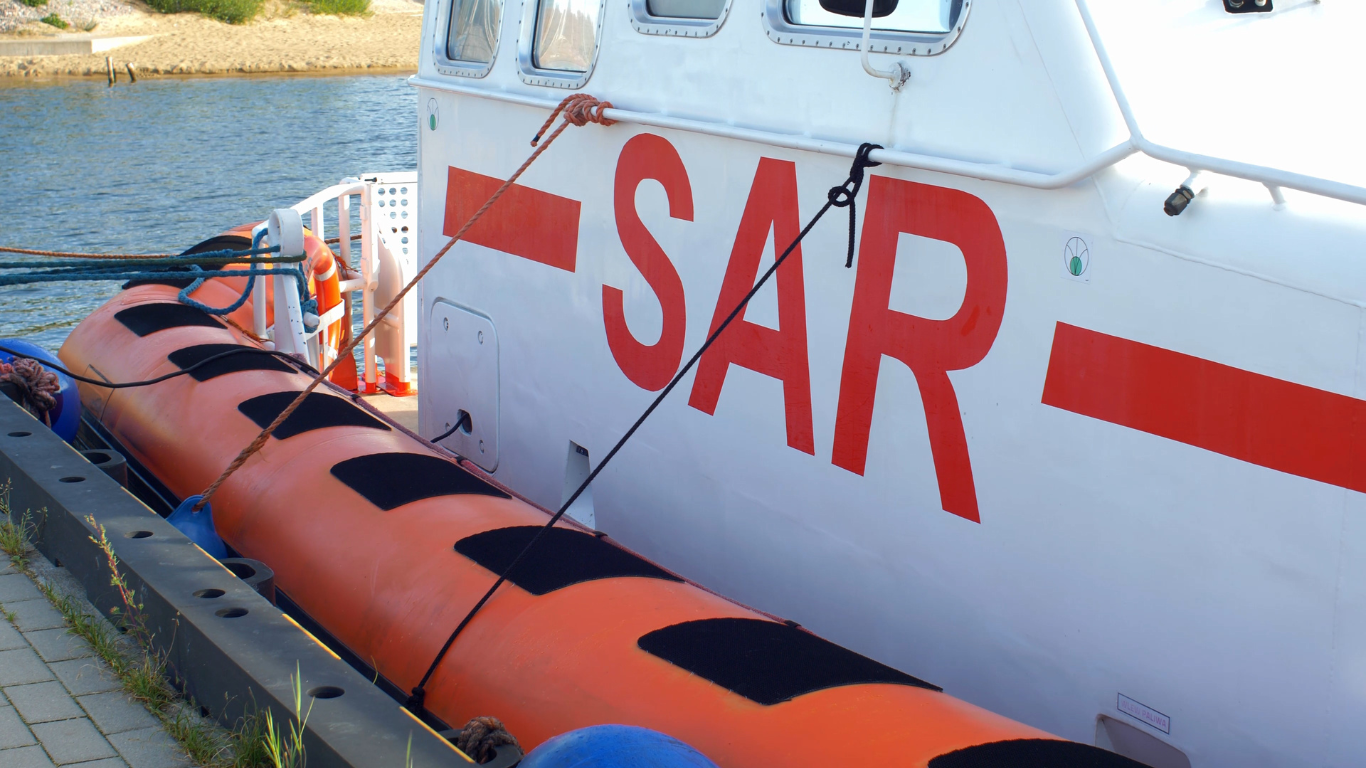
2 Pack RHINO Heavy Duty Clothes Hanger Bundle
Original price was: $25.95.$23.95Current price is: $23.95.Key Strategies for Organizing SAR Gear
There are several techniques and strategies that SAR teams can implement to keep their gear organized while in the field:
A. Categorize Your Gear
Before venturing into the field, it’s important to break down your gear into categories. This will help you know exactly where to find what you need when time is of the essence.
-
Clothing: Separate gear by type (e.g., protective wear, thermal clothing, rain gear) and ensure everything is easy to put on and take off.
-
Medical Supplies: Keep first aid kits and trauma gear in clearly marked bags or pouches. Ensure they are readily accessible at all times.
-
Tools and Equipment: Organize tools based on use. For example, keep your navigation tools, cutting tools, and rescue equipment in different compartments for easy access.
B. Use Heavy-Duty Hangers for Clothing Storage
When storing protective clothing or outerwear, using a hanger can keep your gear in top shape. Tough Hook’s heavy-duty hangers are designed to withstand the weight and harsh conditions that come with SAR missions. With sturdy, adjustable hooks, these hangers prevent gear from getting damaged while keeping it organized and easily accessible.
C. Invest in Modular Storage Solutions
Modular storage systems, such as backpacks and containers with removable pouches, are ideal for SAR teams. These systems allow you to customize your storage based on the mission and the type of gear you need to carry.
-
Backpacks with multiple compartments: Helps keep tools, clothing, and medical supplies separate.
-
Waterproof pouches: Protects sensitive equipment such as radios, GPS devices, and communication tools from the elements.
-
Tactical vests: Provide a convenient way to carry essential tools close at hand without the need to reach into bags.
D. Implement Quick-Access Systems
Time is of the essence when organizing gear for SAR missions. You need to ensure that the most important items are easy to grab when needed. Consider:
-
Organized pockets: Use backpacks or vests with clearly labeled pockets for easy access.
-
Velcro pouches: Use pouches with Velcro flaps for quick access to equipment without fumbling with zippers or buckles.
-
Hanging systems: Utilize durable hangers such as those offered by Tough Hook to keep jackets, helmets, or other protective gear ready for immediate use.
E. Regular Maintenance and Inspections
SAR teams should regularly inspect and maintain their gear to ensure it remains in working condition. Develop a system for:
-
Cleaning gear: Regularly clean clothing, tools, and medical kits to prevent wear and tear.
-
Inventory checks: Periodically check your gear to ensure everything is in its proper place, and replace any worn-out equipment before it becomes a problem.
-
Testing tools: Ensure that all rescue equipment, such as ropes and climbing gear, is functioning properly.
The Role of Tough Hook in Gear Organization
Tough Hook’s heavy-duty hangers are an invaluable tool for keeping gear organized and in good condition during SAR missions. Designed to hold heavy gear like jackets, vests, and helmets, these hangers prevent creasing, tearing, or damage that can occur when gear is simply thrown in a bag or left hanging improperly. Their durability and versatility make them perfect for teams that require reliable solutions in tough conditions.

